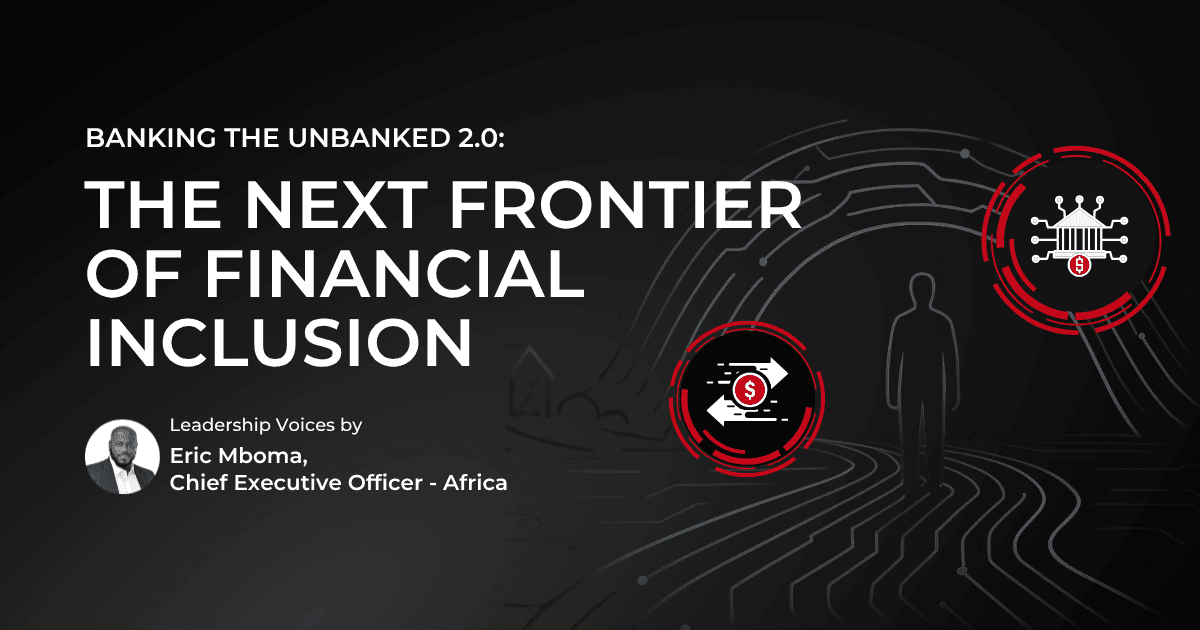Across the emerging world, a quiet revolution is changing how people save, borrow and insure. From São Paulo’s favelas to Nairobi’s markets, technology is reshaping access to finance. Yet the paradox remains: progress has never moved faster, but inclusion still lags behind.
In the past decade, digitalisation has transformed banking more rapidly than any previous industrial revolution. Artificial intelligence now underwrites loans in seconds. Smartphones have become portable banks. A farmer in Bihar or a shopkeeper in Maputo can activate insurance with a single text message. The challenge today is not innovation, but infrastructure.
Learning from the Vanguard
Latin America led the first great experiment. Brazil’s Nubank turned a simple purple credit card into a financial movement, reaching more than 100 million customers by 2025. Its formula was elegant in its simplicity: no fees, instant onboarding, transparent pricing and service that felt human.
In a region long shaped by costly credit and low trust, Nubank made banking aspirational again. But when credit cycles tightened, it rediscovered an old truth: growth without deposits is fragile.
India’s Unified Payments Interface now processes more than 20 billion transactions a month, bringing digital payments to street vendors and megastores alike. In Indonesia and the Philippines, super-apps like Bank Jago and GCash have merged payments, savings and insurance into everyday life. In China, Ant Group and Ping An show how data from commerce, health and mobility can power entire ecosystems of personalised products.
These advances also bring complexity. Regulators must balance innovation with stability, ensuring that fintech’s promise does not become a new source of risk. Data privacy, cyber resilience and algorithmic transparency now matter as much as capital adequacy once did.
Insurance is changing too. India’s HDFC Life, South Africa’s Discovery and China’s ZhongAn use behavioural analytics to design coverage where records are scarce. Technology is manufacturing insurability, but the same connectivity that enables dynamic pricing can magnify cyber risk if trust is lost.
Africa’s Moment of Truth
If Latin America and Asia were laboratories of digital finance, Africa is its proving ground. It is the youngest continent and the least connected. Here, financial innovation is not about convenience; it is about survival.
Kenya’s M-Pesa turned text messages into one of the world’s most successful payment systems, now serving over 60 million users. Nigeria’s Flutterwave, Egypt’s Fawry and South Africa’s TymeBank have shown how digital platforms can leapfrog legacy systems and reach millions at a fraction of the cost.
Africa’s major financial institutions such as Standard Bank, Absa, Nedbank, Equity Group, Ecobank, Attijariwafa and Sanlam are investing in cloud banking, AI-driven credit models and regional interoperability while rediscovering a timeless lesson: trust is physical before it is digital.
The most successful banks are not those with the flashiest apps but those that bridge the digital-human divide. Equity Group’s 60 000 agents now handle most transactions, turning shopkeepers and teachers into the face of finance. Standard Bank and Absa embed credit, insurance and savings products into small-business platforms, meeting clients where they already live and trade.
The Case for Creative Distribution
The next wave of inclusion will come not from more complex apps but from creative models of distribution that blend digital efficiency with human reach.
In many emerging markets, agency banking is becoming what roads once were to industrialisation: the invisible infrastructure of access. Well-trained local agents convert cash into electronic liquidity, build trust where institutions are absent and extend national payment systems into remote communities.
The future of financial distribution is contextual, not geographic. Services are being woven into farming, trade, transport and education. A farmer should access credit when buying seed, not months later at a distant branch. A driver should buy insurance through a ride-hailing app. A merchant should pay suppliers and collect payments on a single platform. When finance becomes invisible, it becomes indispensable.
True innovation begins with humility. Solutions must work on the devices and networks people actually use. USSD, SMS and low-data apps remain vital where connectivity and power are unreliable. The genius lies not in perfection but persistence, ensuring even the simplest transaction survives a weak signal or outage.
Technology alone cannot overcome geography or inequality. Technology combined with trust can.
Technology, Trust and the Road Ahead
The lesson from across the developing world is clear: technology without distribution deepens inequality, while distribution without technology limits growth. The future belongs to those who integrate both.
Africa’s leading banks and insurers now have both the means and the mandate to turn innovation into inclusion. The next decade will be defined not by code, but by connection, by systems that are as inclusive as they are intelligent.
When a Kenyan farmer insures his crop through a cooperative, a Congolese trader borrows against her mobile-money history and a South African nurse opens a savings account through her workplace app, the digital revolution will have fulfilled its promise.
Technology is not the destination. It is the bridge to a financial system that is resilient, humane and truly inclusive. What matters now is not who crosses it first, but who helps carry others across.
Share




